Make sure to join my list for Weekly Tips and Recipes to Your Inbox
18 Creative DIY Vegetable Garden Ideas
Talking to my husband when I first decided to start a DIY vegetable garden, I had no idea where to start. I imagined a green growing space with fresh veggies, but the reality was far less than I expected. My backyard soil was compacted and lacked nutrients, and every method I researched online seemed complicated or expensive even though I considered buying commercial fertilizers but wanted a more natural solution. That’s when I realized I already had a great resource in my shed. With a little effort a,d more creativity, I could turn my backyard into a vegetable garden without breaking the budget.
I began by making my own compost out of yard trash like grass clippings and fallen leaves, as well as home scraps like eggshells, coffee grounds, and fruit & vegetable peels. I even tried using biochar from an Amazon and compost tea to naturally improve my soil. I planted also nitrogen-fixing cover crops, such as alfalfa and cowpeas, to improve soil structure and recover essential nutrients.

I used a chicken wire to surround my garden and extended it into the ground to stop animals from digging in order to keep pests away. I also introduced a mix of raised beds from pallets and vertical planters to maximize space and minimize weeding.
my old backyard turned into a vibrant garden full of tomatoes, zucchini, peppers, and fresh herbs and that’s helped me prepare healthy meals for my amazing family. Everything was done on a budget so my husband was also happy because I just used recycled materials from my backyard and DIY skills. My shed became a hub for storing compost bins and tools, making the entire process more organized.
This adventure was difficult but incredibly satisfying. In addition to having a garden overflowing with fresh vegetables, I now take pride in the fact that I constructed it myself using DIY techniques. I rounded up the top DIY vegetable garden ideas below to assist you in starting your own.
1. Raised Bed Gardens for Better Drainage
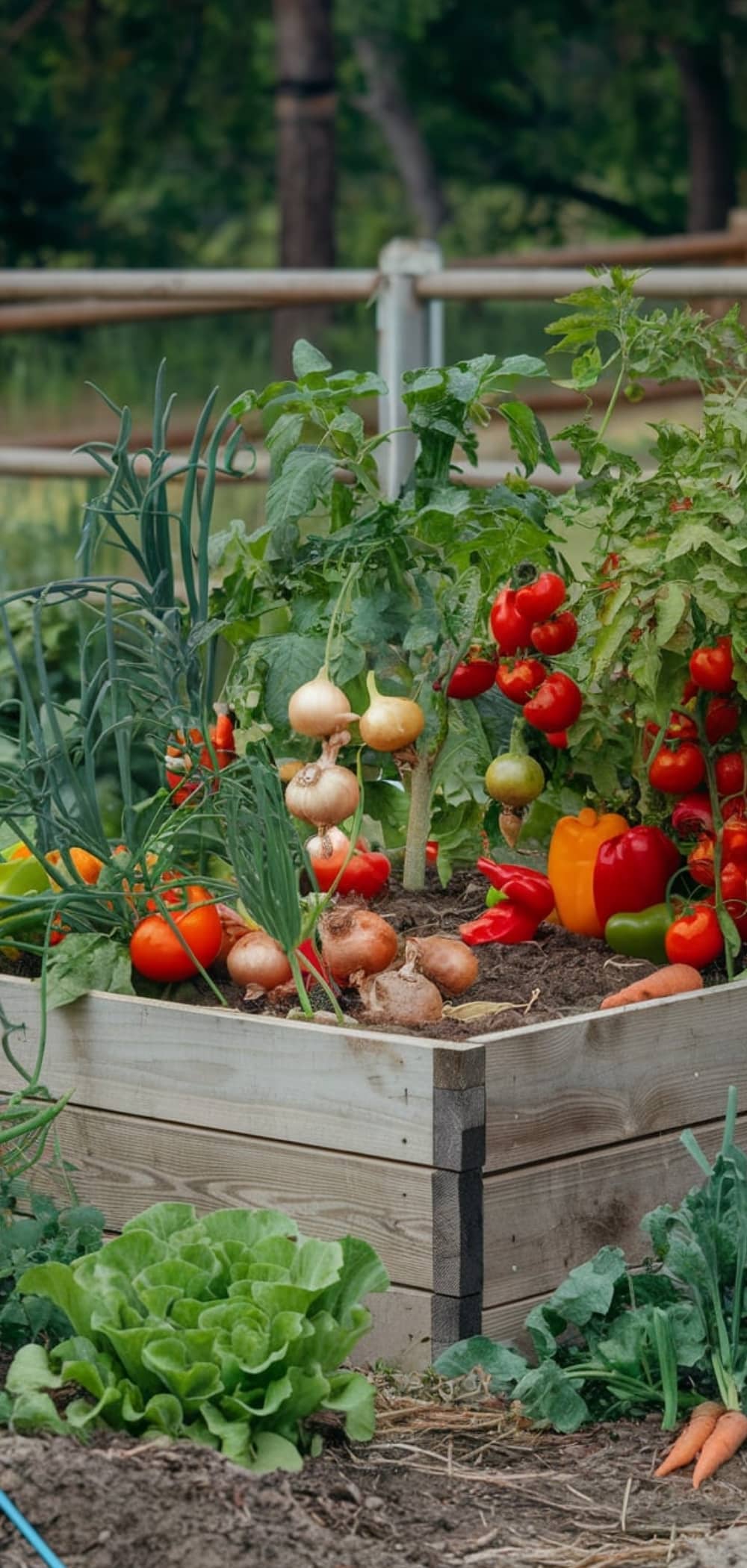
Raised garden beds improve soil quality, prevent weeds, and allow for better drainage.
Tip: Use untreated cedar or redwood for longevity and safety.
2. Vertical Gardening for Small Spaces
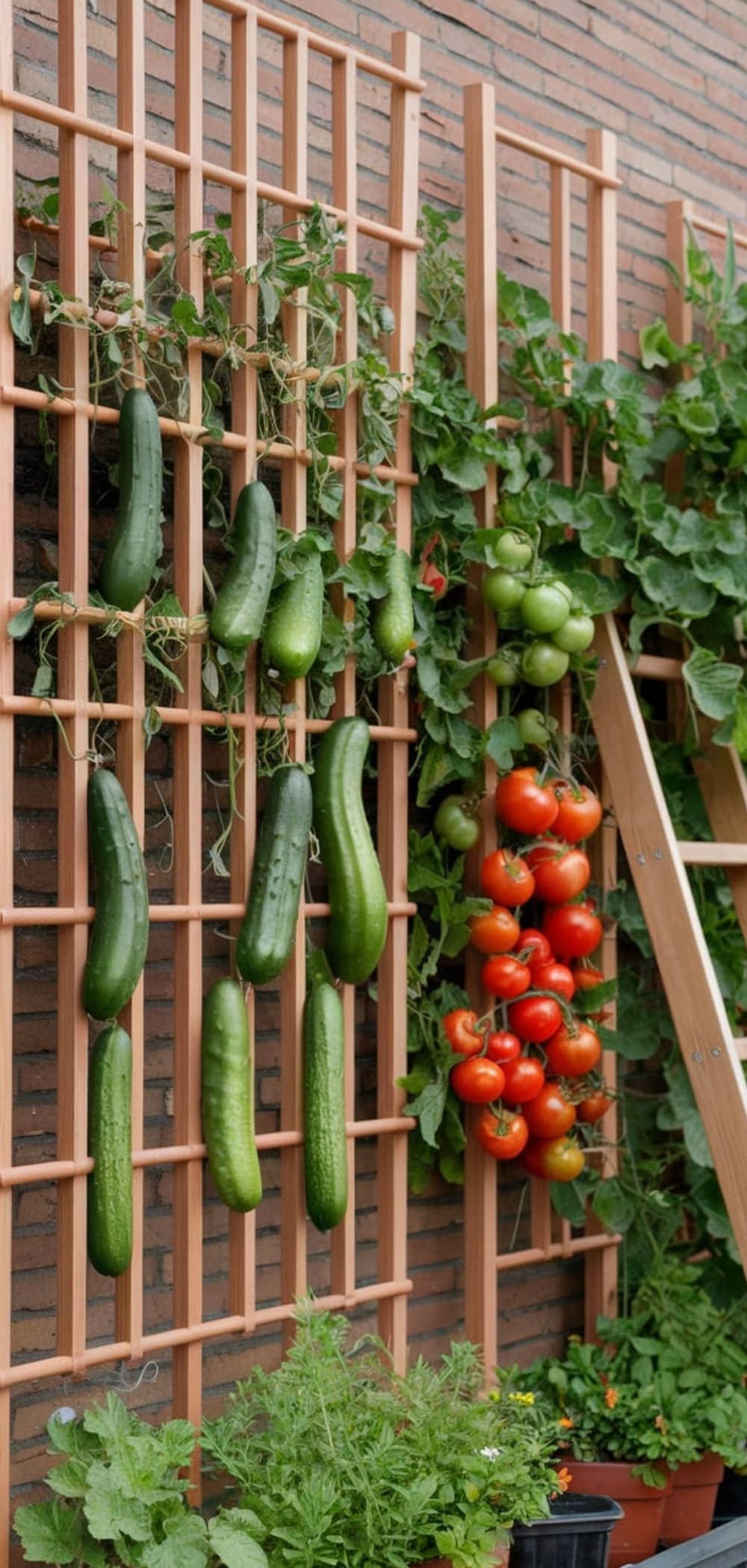
Maximize space by growing climbing vegetables like cucumbers, peas, and tomatoes on trellises.
Tip: Use wall-mounted planters or repurpose pallets to create a vertical garden.
3. Container Gardening for Flexibility
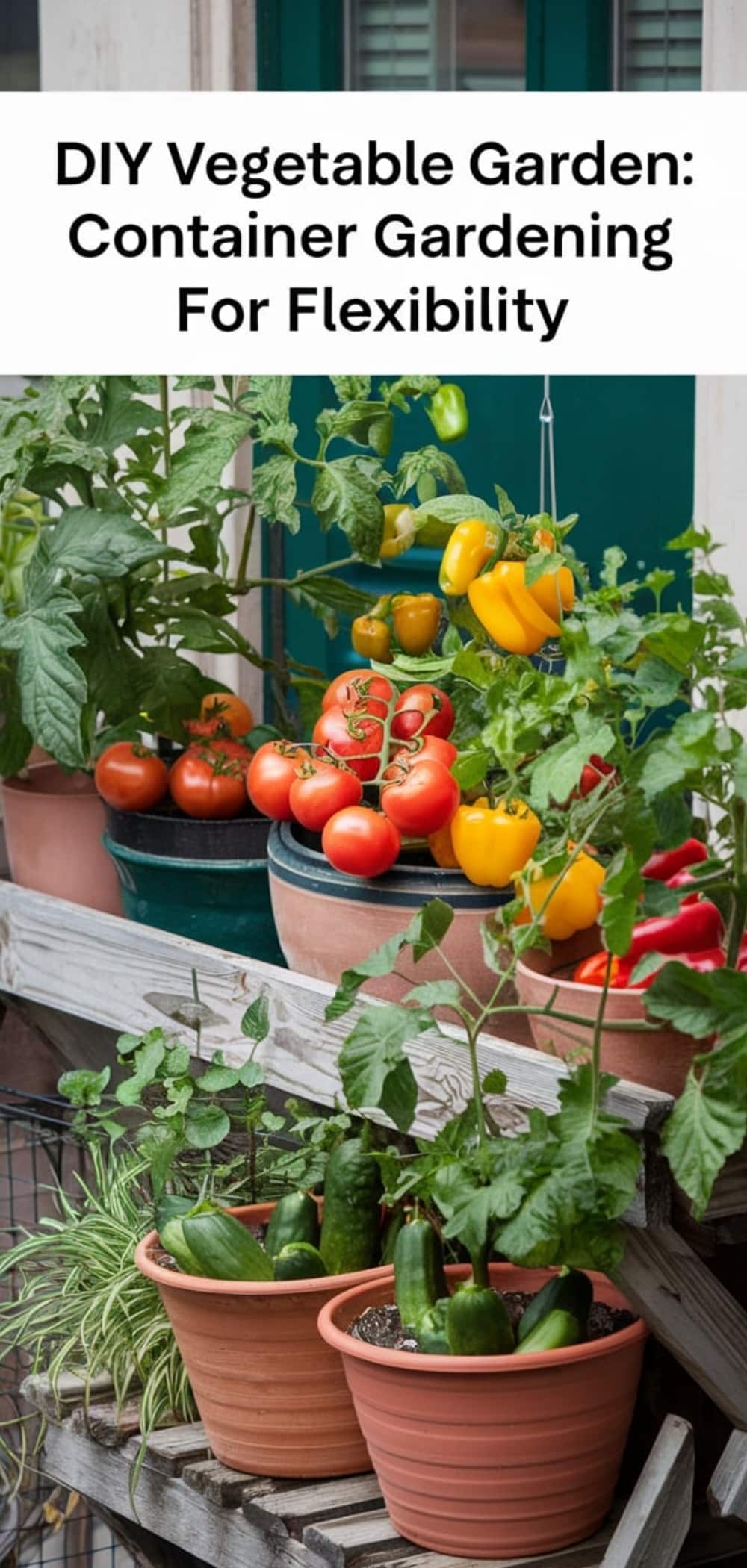
Perfect for balconies and patios, containers allow for easy mobility and soil control.
Tip: Ensure containers have proper drainage holes to prevent root rot.
4. Square Foot Gardening for Organized Growth
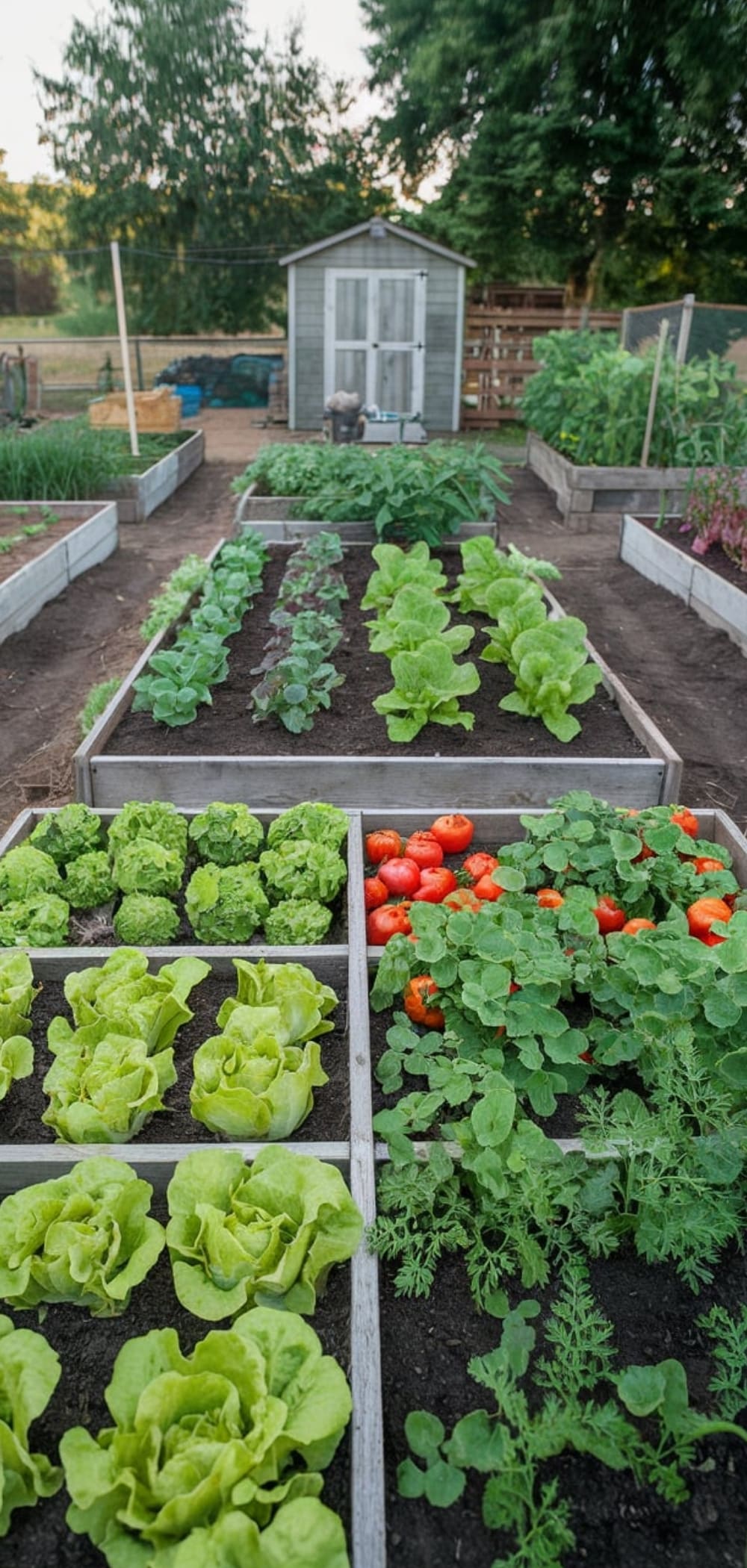
Divide raised beds into square-foot sections to grow different crops efficiently.
Tip: Use a wooden grid or string to mark out square-foot sections.
5. Hydroponic Vegetable Gardens Indoors
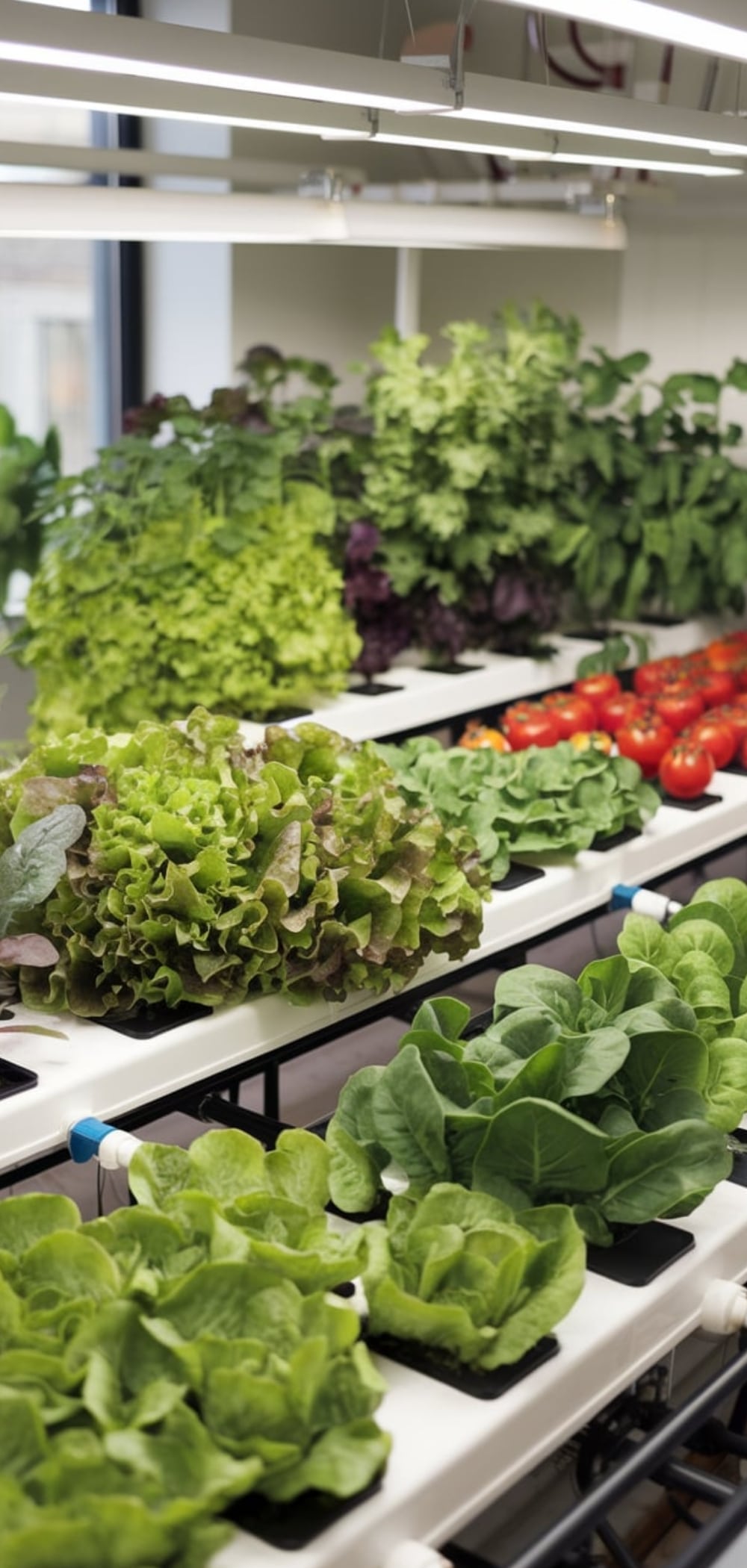
Grow vegetables year-round using a hydroponic system that eliminates soil.
Tip: Use a nutrient-rich water solution and LED grow lights for best results.
6. DIY Greenhouse for Extended Growing Seasons
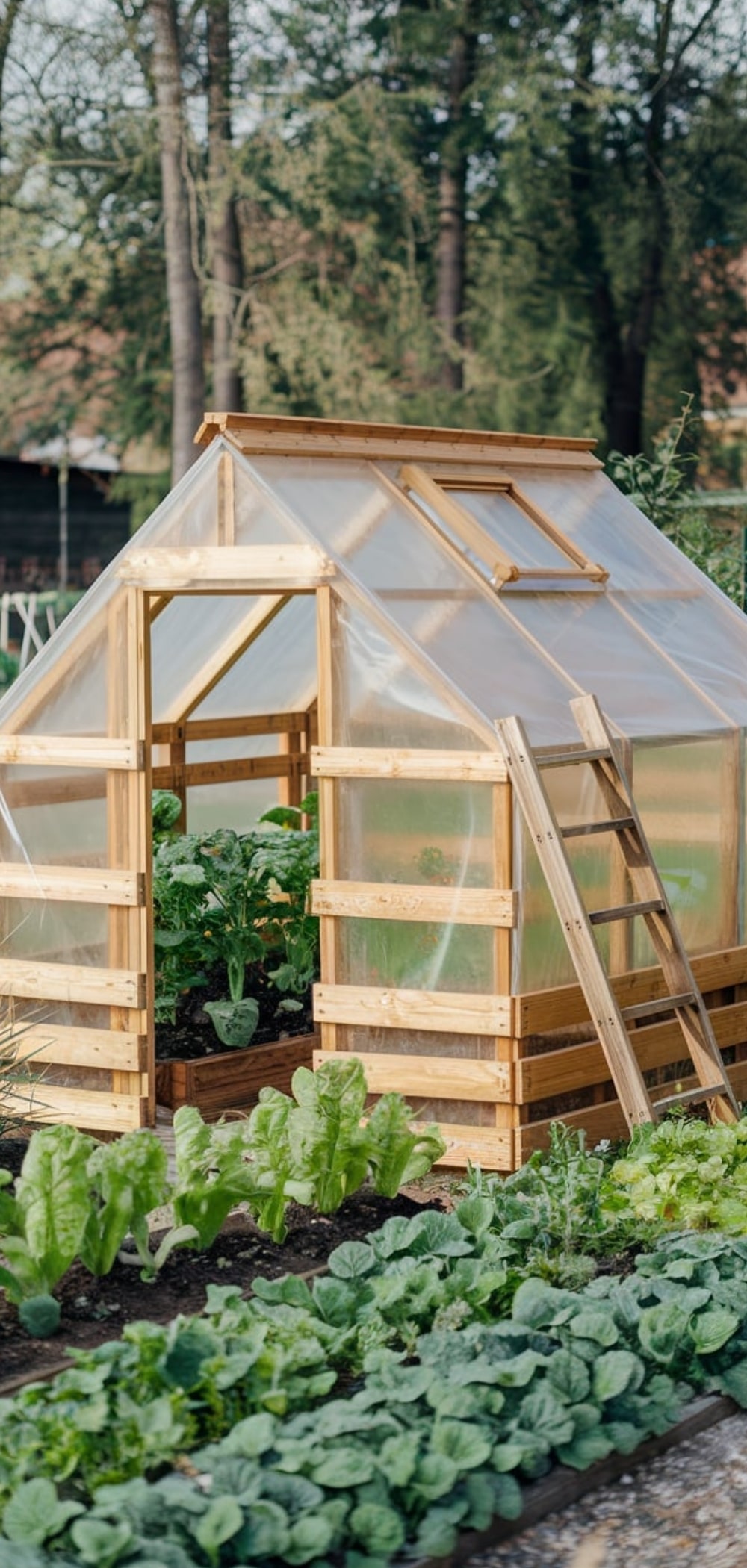
Protect plants from harsh weather and extend the growing season with a homemade greenhouse.
Tip: Use old windows, PVC pipes, or polycarbonate sheets to construct your greenhouse.
7. Hanging Basket Gardens for Herbs and Small Veggies
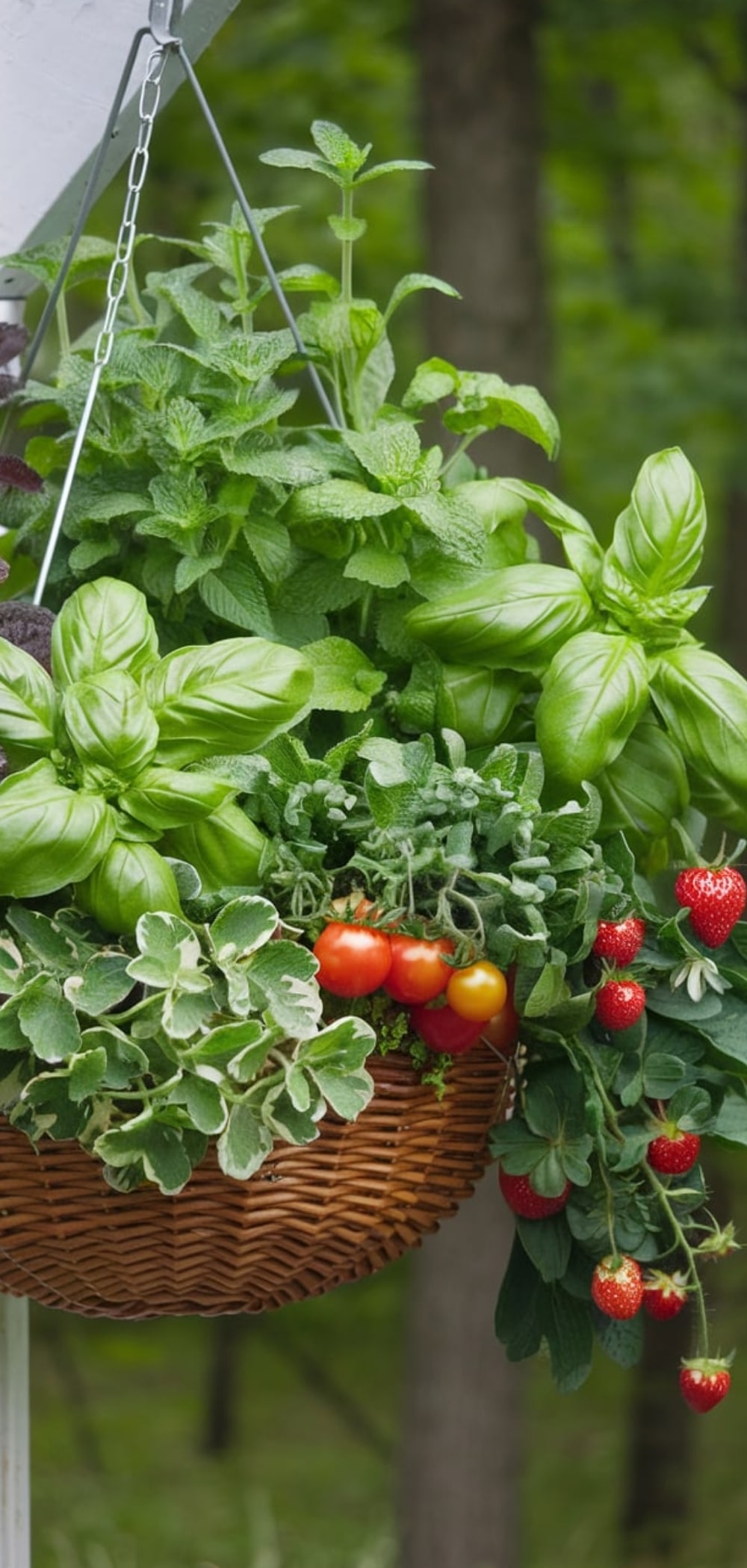
Hanging baskets save space and are ideal for herbs, cherry tomatoes, and strawberries.
Tip: Use coconut coir liners for better moisture retention.
8. Raised Pallet Gardens for an Eco-Friendly Approach
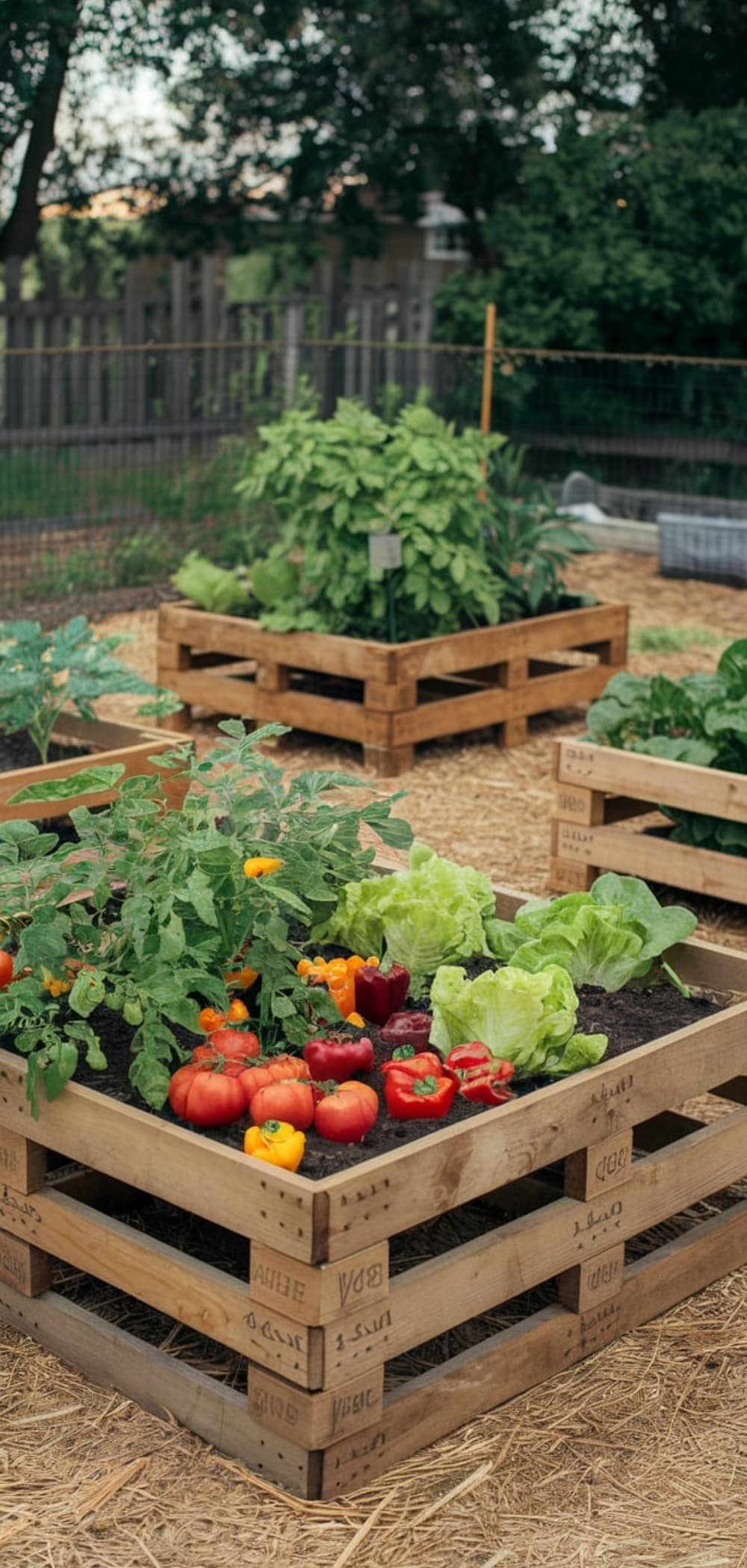
Repurpose wooden pallets to create raised garden beds with minimal cost.
Tip: Ensure pallets are heat-treated and not chemically treated (look for HT markings).
9. Self-Watering Wicking Beds for Low Maintenance
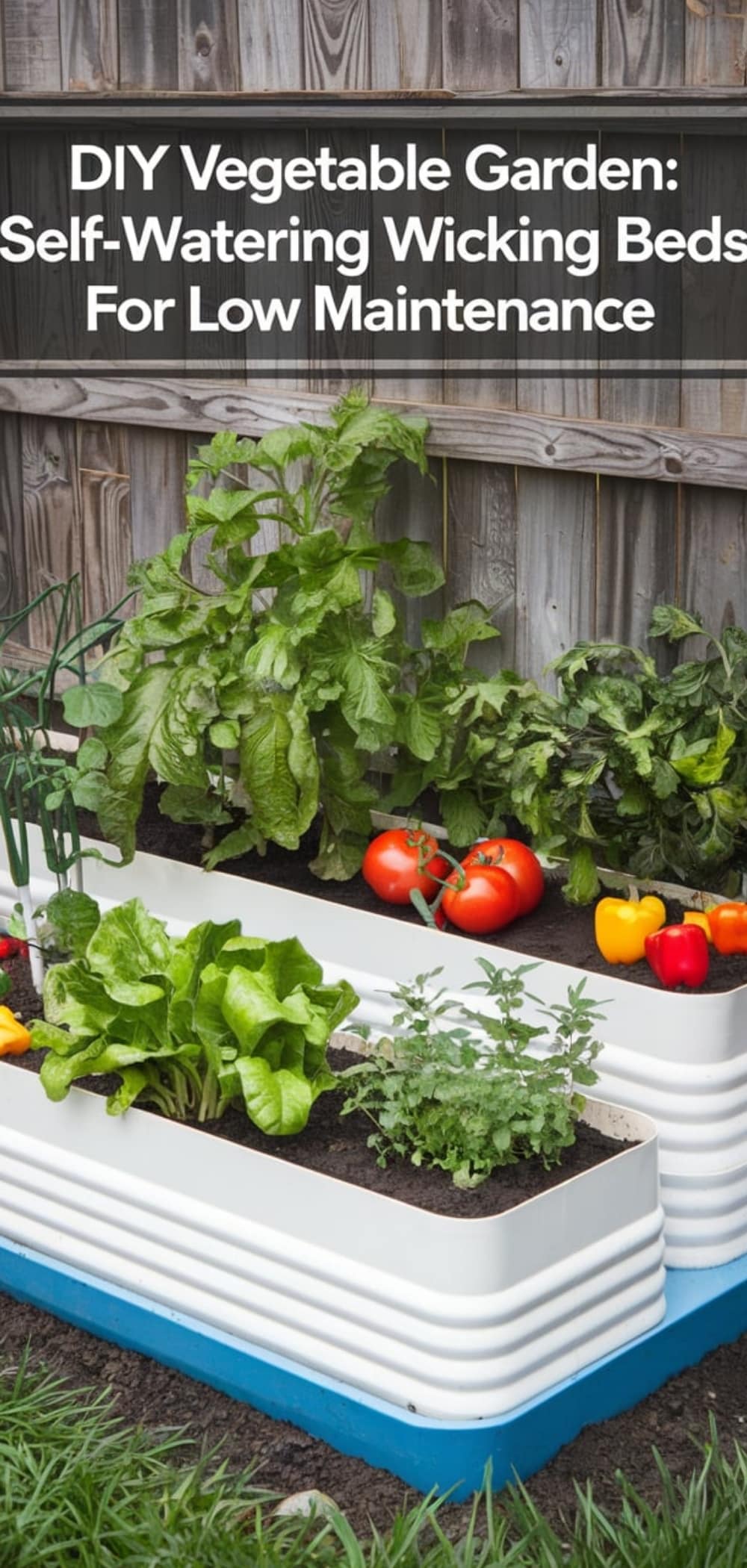
A wicking bed system allows plants to absorb water from a reservoir below.
Tip: Use a pond liner and gravel base to create an effective wicking system.
10. Straw Bale Gardening for Temporary Solutions

Grow vegetables in straw bales, which act as biodegradable planters.
Tip: Condition bales with fertilizer and water before planting.
11. Keyhole Garden for Water Conservation
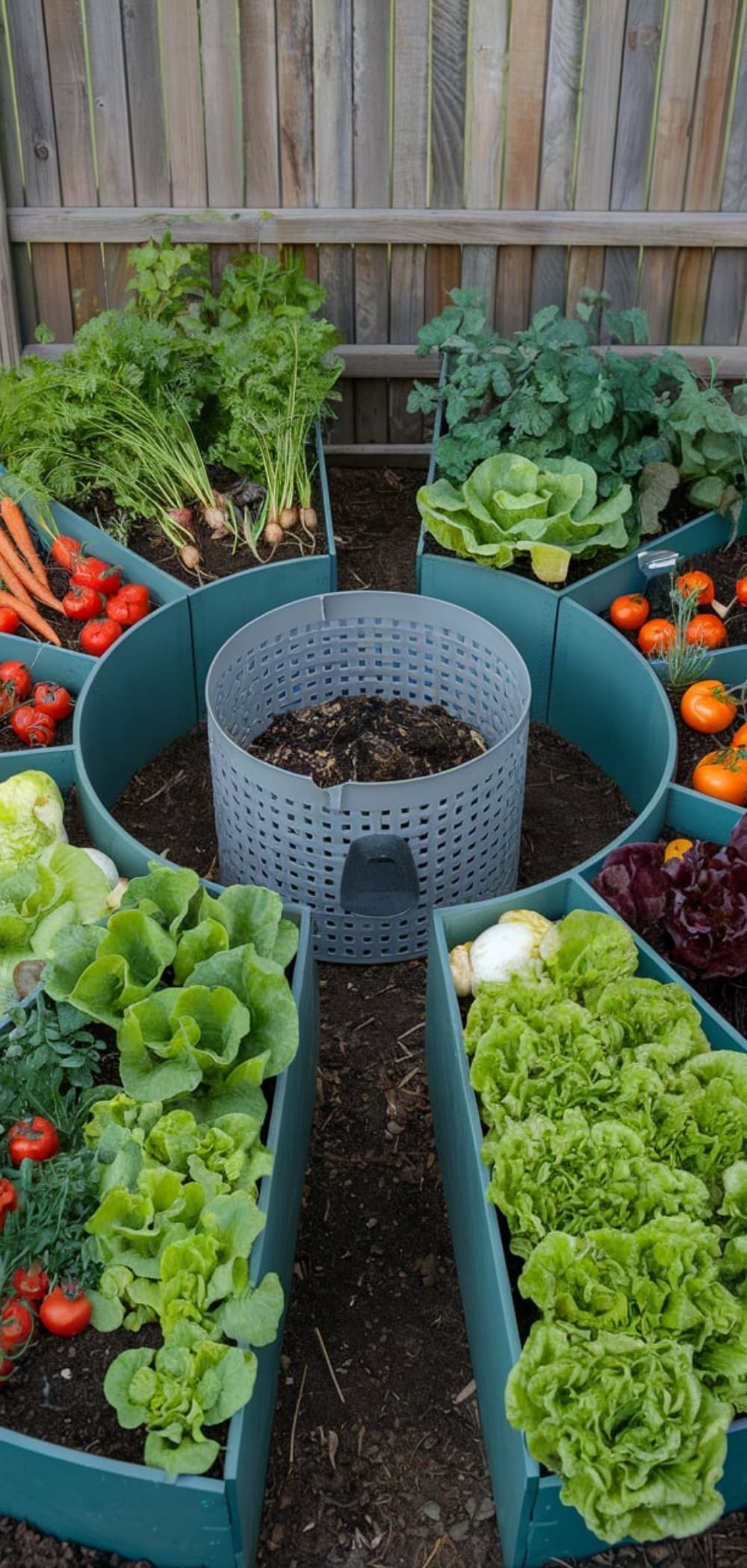
A circular raised bed with a composting basket in the center conserves water and nutrients.
Tip: Layer compostable materials at the core for continual soil enrichment.
12. DIY Vegetable Garden: Trellised Vegetable Gardens

Support vining crops like beans, squash, and melons with trellises.
Tip: Use cattle panels or bamboo poles for durable and affordable trellises.
13. DIY Vegetable Garden: Companion Planting
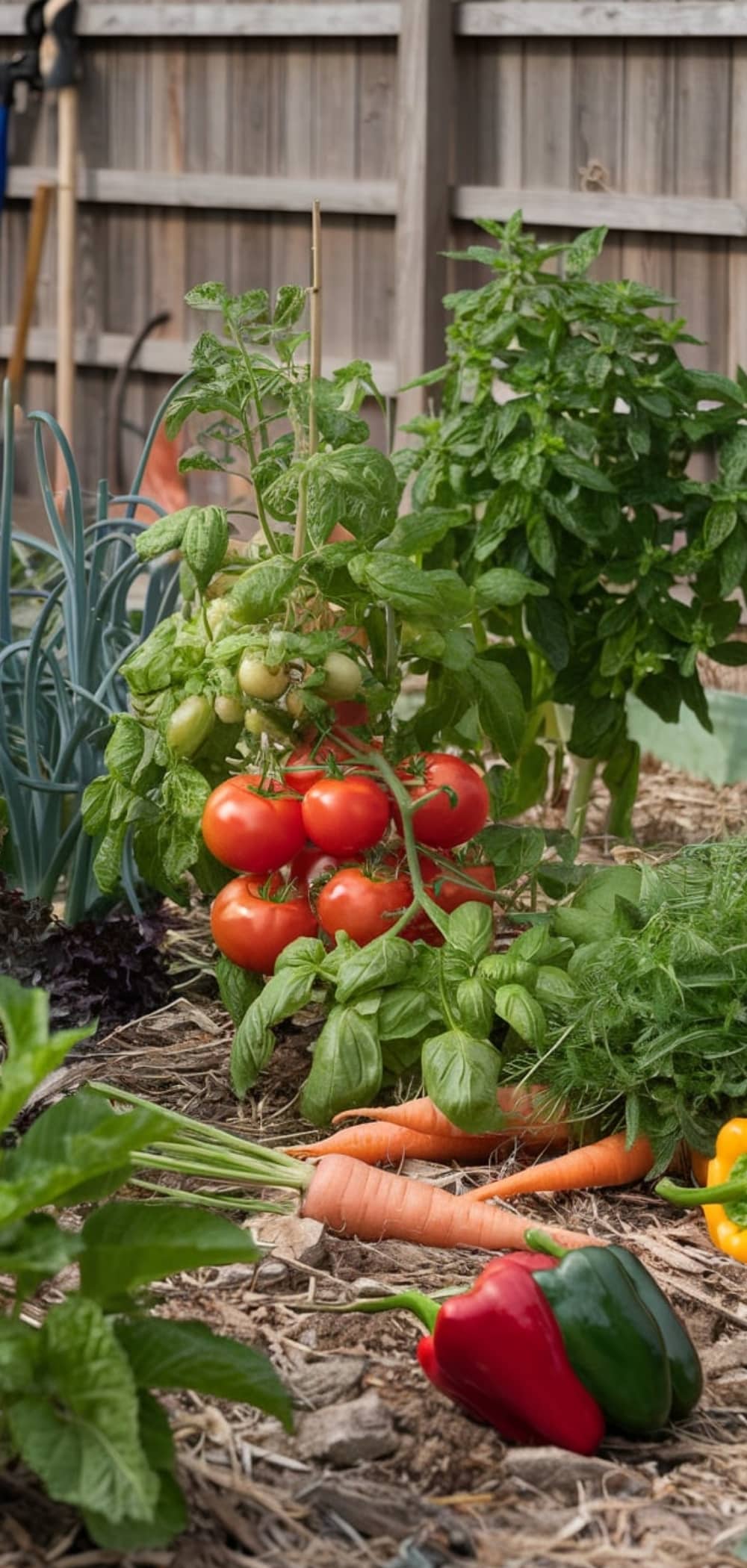
Pair vegetables that support each other’s growth, such as tomatoes with basil or carrots with onions.
Tip: Avoid planting competing crops like beans and onions together.
14. DIY Vegetable Garden: Rolling Garden Beds
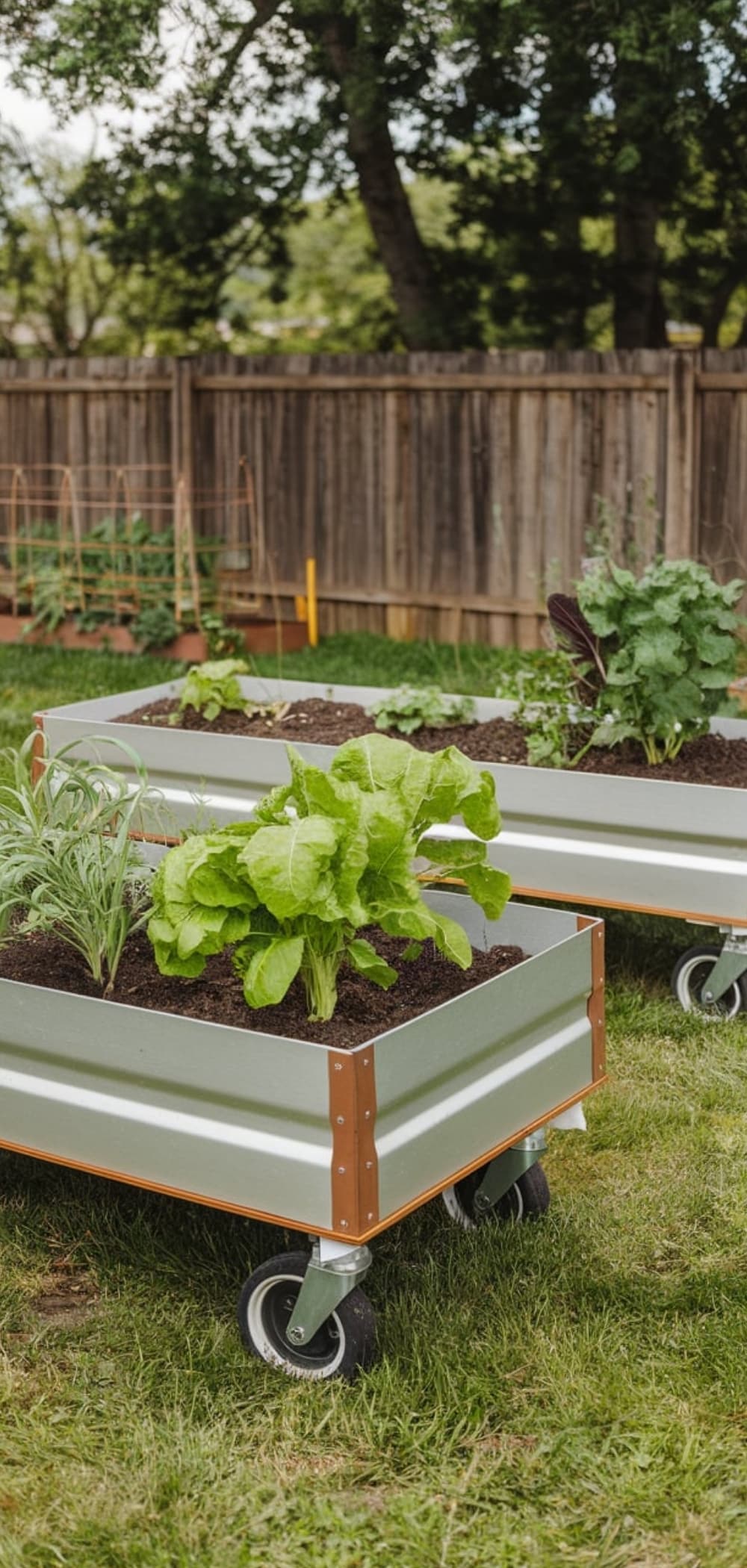
Attach casters to raised beds or large containers for easy movement.
Tip: Use heavy-duty locking wheels for stability.
15. DIY Vegetable Garden: Tiered Planters
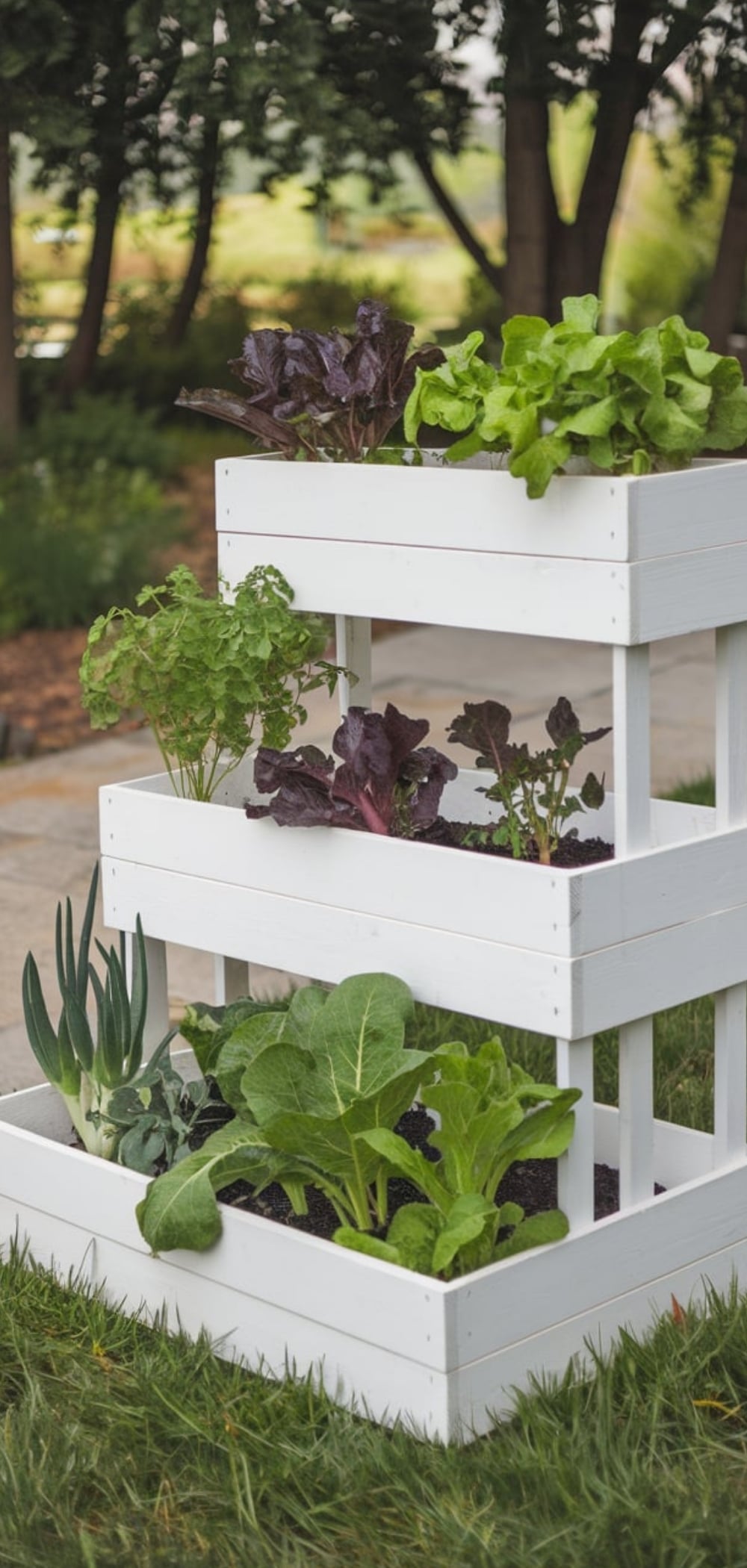
Stack planters in a tiered design to grow different vegetables at varying heights.
Tip: Use cascading planters for strawberries, lettuce, and herbs.
16. DIY Vegetable Garden: Gutter Gardens
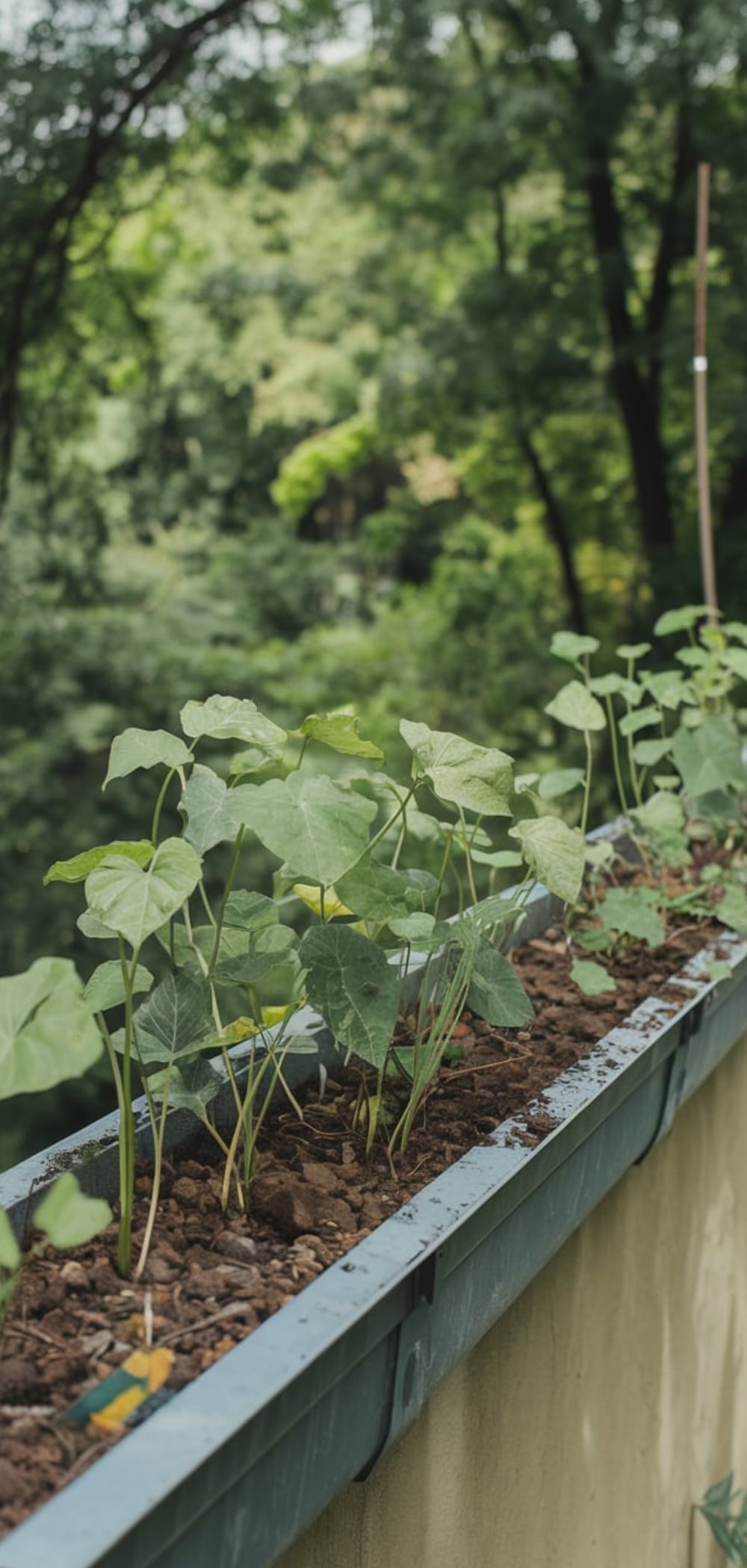
Attach gutters to a wall or fence to grow shallow-rooted vegetables like lettuce and spinach.
Tip: Drill drainage holes to prevent waterlogging.
17. DIY Vegetable Garden: Underground Root Cellar
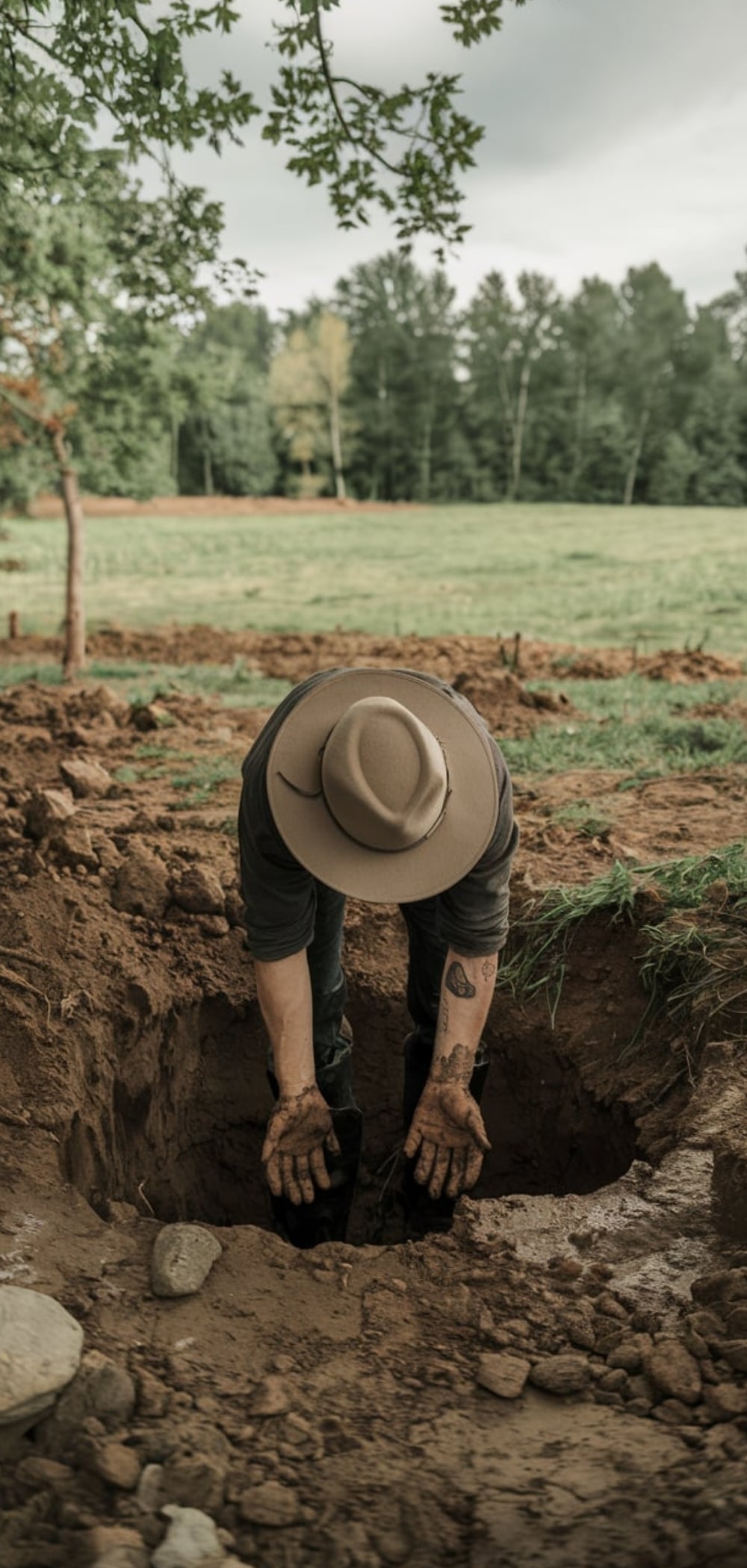
Dig a small root cellar to store harvested potatoes, carrots, and onions.
Tip: Keep humidity levels around 90% for best preservation.
18. DIY Vegetable Garden: Aquaponic Gardening
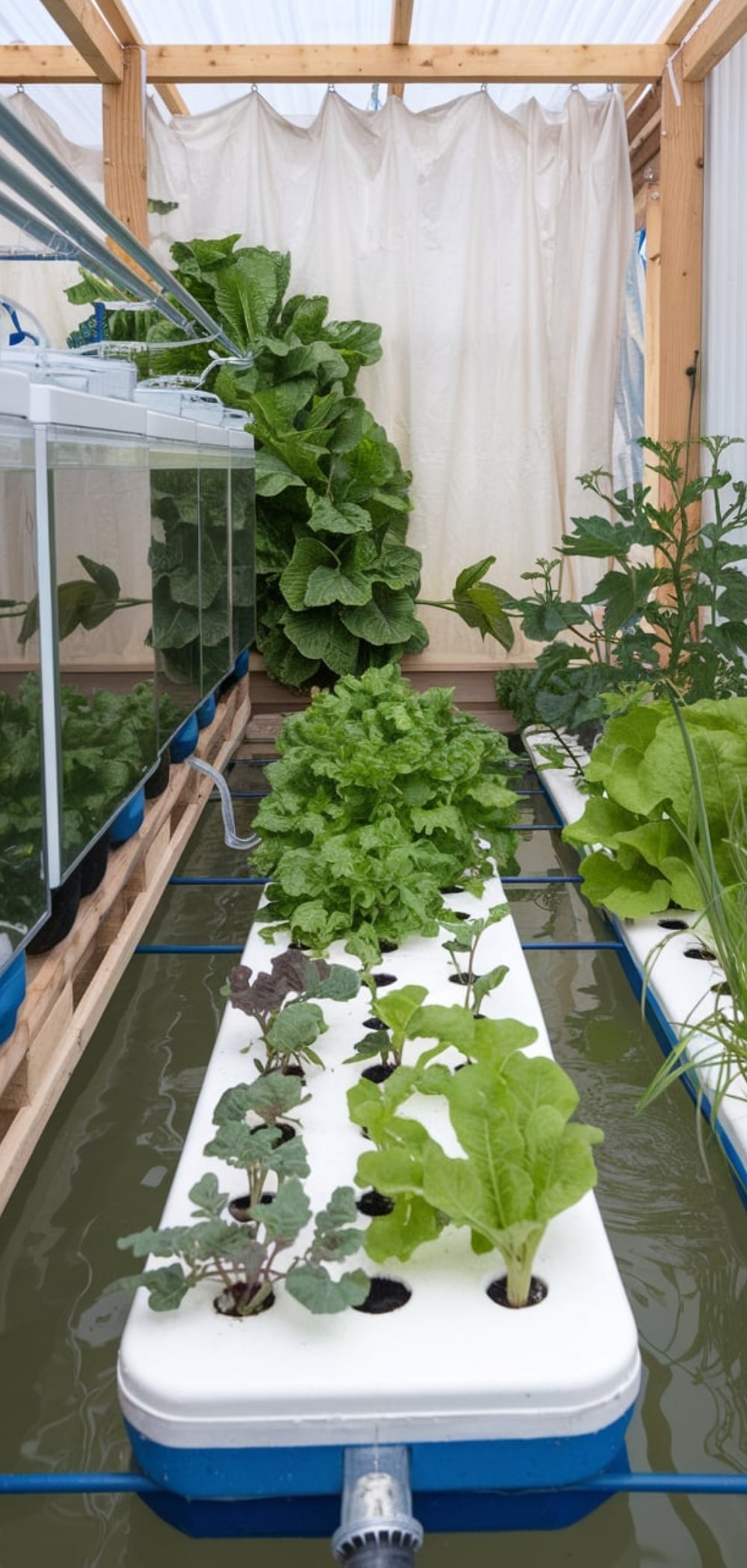
Combine aquaculture (fish farming) with hydroponics for a closed-loop vegetable and fish-growing system.
Tip: Use tilapia or goldfish as they are hardy and easy to maintain.
Conclusion
Creating a DIY vegetable garden is an enriching and sustainable way to grow fresh produce. Whether you opt for raised beds, vertical gardening, or an aquaponic system, these innovative ideas will help you cultivate a productive and space-efficient garden. Start planting today for a homegrown harvest!





